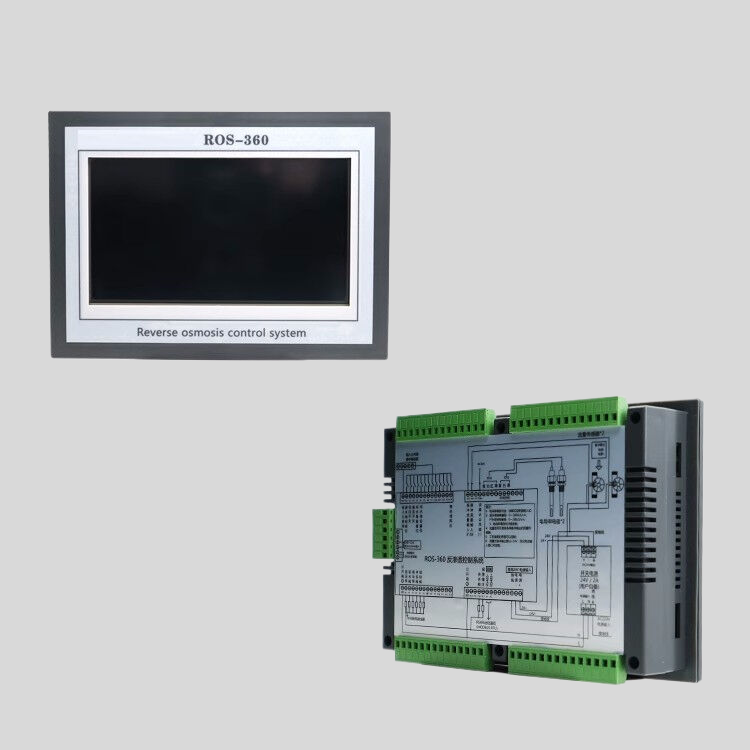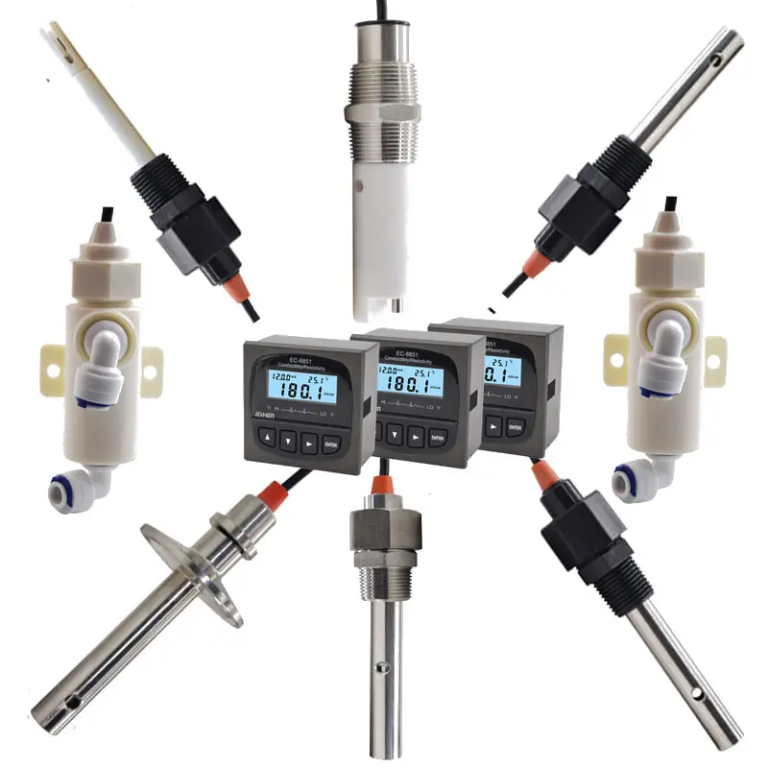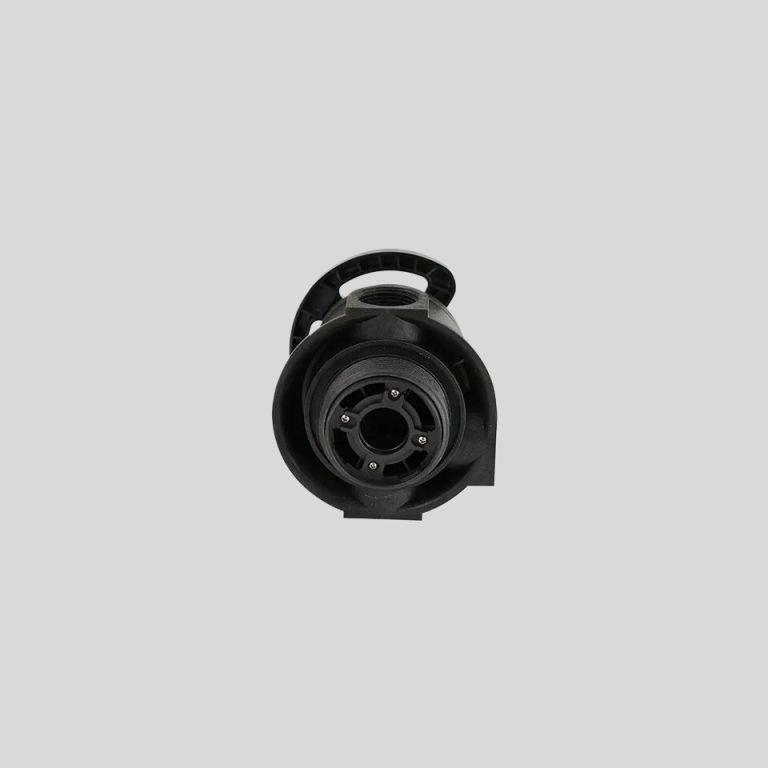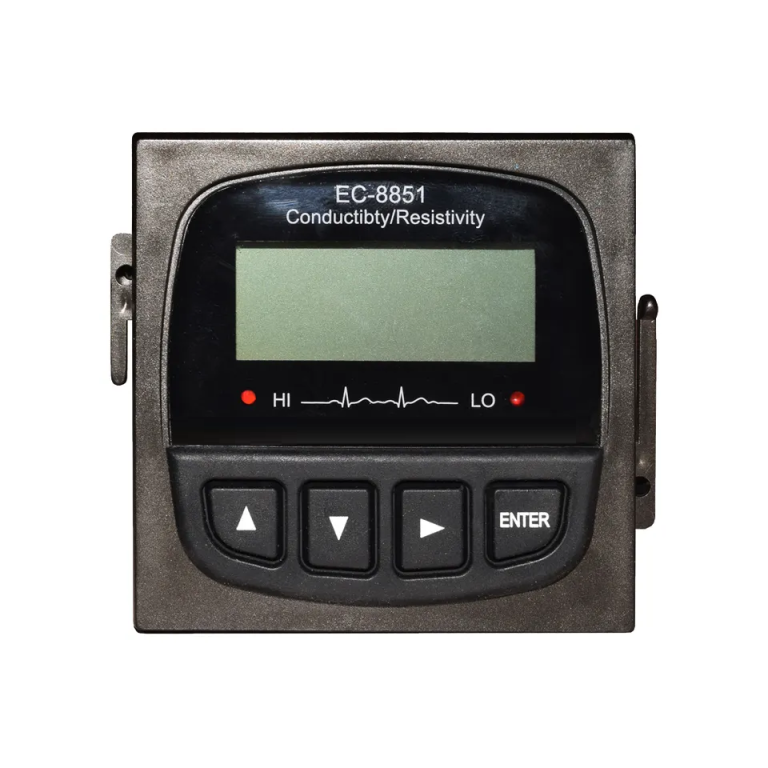“Accurate pH readings without breaking the bank.”
Exploring the Cost of pH Meters: Are They Expensive?
When it comes to measuring the acidity or alkalinity of a solution, pH meters are an essential tool for many industries and applications. From laboratories to agriculture to water treatment plants, pH meters play a crucial role in ensuring the quality and safety of various products and processes. However, one common question that often arises is whether pH meters are expensive.
The cost of a ph meter can vary depending on several factors, including the brand, model, features, and accuracy of the device. Generally, basic handheld pH meters can range from $20 to $100, while more advanced benchtop models can cost anywhere from $100 to $1000 or more. The price of a ph meter is often reflective of its quality and performance, with higher-priced models typically offering greater accuracy, durability, and additional features such as data logging and calibration options.
While the initial cost of a ph meter may seem high, it is important to consider the long-term benefits and cost savings that come with using a reliable and accurate device. By investing in a quality ph meter, users can ensure consistent and precise measurements, which can lead to improved product quality, increased efficiency, and reduced waste. In the long run, this can result in cost savings and a higher return on investment for businesses and organizations that rely on pH meters for their operations.
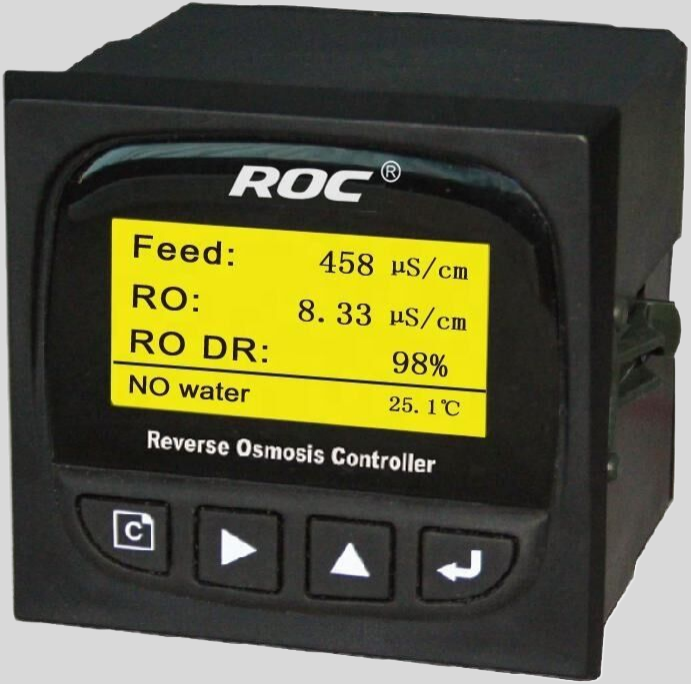
In addition to the cost of the ph meter itself, users should also consider the ongoing expenses associated with maintaining and calibrating the device. Regular calibration is essential for ensuring the accuracy of pH measurements, and calibration solutions can add to the overall cost of using a ph meter. However, investing in calibration solutions and following a regular maintenance schedule can help prolong the life of the ph meter and ensure reliable performance over time.
For those on a tight budget, there are also more affordable options available, such as pH test strips or liquid pH indicators. While these alternatives may be less accurate and precise than a ph meter, they can still provide a rough estimate of the pH level of a solution at a fraction of the cost. However, it is important to keep in mind that these methods may not be suitable for all applications, especially those that require precise and consistent measurements.
| Model | pH/ORP-810 pH/orp meter |
| Range | 0-14 pH; -2000 – +2000mV |
| Accuracy | ±0.1pH; ±2mV |
| Temp. Comp. | Automatic temperature compensation |
| Oper. Temp. | Normal 0~50℃; High temp 0~100℃ |
| Sensor | pH double/triple sensor; ORP sensor |
| Display | LCD Screen |
| Communication | 4-20mA output/RS485 |
| Output | High/Low limit dual relay control |
| Power | AC 220V±10% 50/60Hz or AC 110V±10% 50/60Hz or DC24V/0.5A |
| Working Environment | Ambient temperature:0~50℃ |
| Relative humidity≤85% | |
| Dimensions | 96×96×100mm(H×W×L) |
| Hole Size | 92×92mm(H×W) |
| Installation Mode | Embedded |
Overall, the cost of a ph meter can vary depending on the specific needs and requirements of the user. While some may find pH meters to be expensive, the benefits and advantages of using a reliable and accurate device often outweigh the initial investment. By carefully considering the features, performance, and long-term costs associated with different pH meters, users can make an informed decision that best suits their budget and application requirements.
| Model No. | CIT-8800 Inductive Conductivity / Concentration Online Controller | |
| Measurement range | Conductivity | 0.00μS/cm ~ 2000mS/cm |
| Concentration | 1.NaOH,(0-15)% or(25-50)%; | |
| 2.HNO3(note the Corrosion resistance of the sensor)(0-25)% or(36-82)%; | ||
| 3.User-defined concentration curves. | ||
| TDS | 0.00ppm~1000ppt | |
| Temp. | (0.0 ~ 120.0)℃ | |
| Resolution | Conductivity | 0.01μS/cm |
| Concentration | 0.01% | |
| TDS | 0.01ppm | |
| Temp. | 0.1℃ | |
| Accuracy | Conductivity | 0μS/cm ~1000μS/cm ±10μS/cm |
| 1 mS/cm~500 mS/cm ±1.0% | ||
| 500mS/cm~2000 mS/cm ±1.0% | ||
| TDS | 1.5 level | |
| Temp. | ±0.5℃ | |
| Temp. compensation | element | Pt1000 |
| range | (0.0~120.0)℃ linear compensation | |
| (4~20)mA Current output | channels | Double channels |
| features | Isolated, adjustable, reversible, 4-20MA output, instruments/ transmitter mode. | |
| Loop resistance | 400Ω(Max),DC 24V | |
| Resolution | ±0.1mA | |
| Control contact | Channels | Triple channels |
| Contact | Photoelectric relay output | |
| Programmable | Programmable ( temperature 、conductivity/concentration/TDS、timing)output | |
| Features | Could set temperature、conductivity/concentration/TDS、 timing NO/NC/ PID selection | |
| Resistance load | 50mA(Max),AC/DC 30V(Max) | |
| Data communication | RS485,MODBUS protocol | |
| Power supply | DC 24V±4V | |
| Consumption | <5.5W | |
| Working environment | Temperature:(0~50)℃ Relative Humidity:≤85%RH(non- condensing ) | |
| Storage | Temperature:(-20~60)℃ Relative Humidity:≤85%RH(non- condensing) | |
| Protection level | IP65(with rear cover) | |
| Outline dimension | 96mm×96 mm×94mm (H×W×D) | |
| Hole dimension | 91mm×91mm(H×W) | |
| Installation | Panel mounted , fast installation | |
In conclusion, while pH meters may be considered expensive by some, the value and benefits they provide in terms of accuracy, efficiency, and quality control make them a worthwhile investment for many industries and applications. By weighing the costs and benefits of different pH meters and considering factors such as accuracy, durability, and maintenance requirements, users can choose a ph meter that meets their needs and budget while ensuring reliable and consistent measurements.
